Casting Process
Casting Connection
- Casting Analysis
- Reverse Engineering
- Prototype Casting
- Controlled Robotic Pouring

Tooling Development
With tooling development complete or the use of existing tooling, the process is off and running.

Three Types of Sand Casting
We employ three types of green sand molding machines, including automated match plate 16×20, Jolt Squeezer, or Rota lift molding.
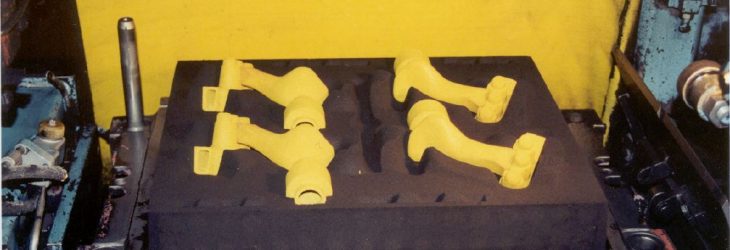
Fully Automated Core Machines
As needed to lighten or create a passageway within the casting, shell or sodium silicate cores are used. Cores are made on fully automated core machines.
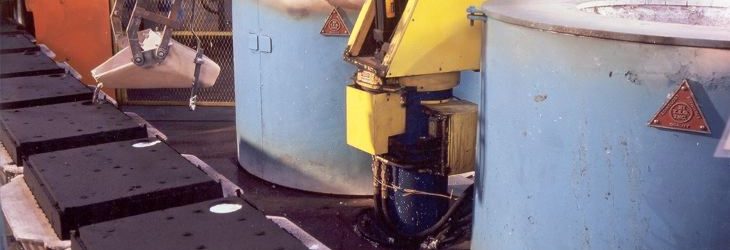
Robotic Pouring
Robotic pouring assures the tranquil filling of both the ladle and the mold on our automated molding line, enhancing the metal quality and the overall quality of your casting.
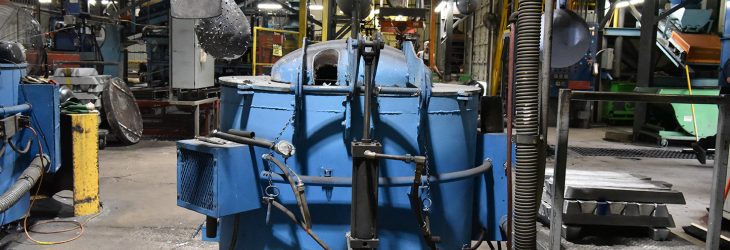
Melt and Metal Quality
To maintain and enhance metal quality, we melt aluminum alloys in clean electric resistance furnaces with digital temperature control. Melt quality is monitored by reduced pressure gas testing to verify rotary degassing and thermal analysis to verify grain structure and modification of alloys.
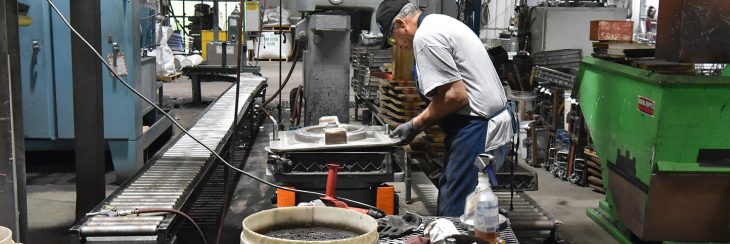
Attention to Detail
Enhanced attention to detail comes with experience and observation skills—our seasoned team can identify ways to optimize the production process and product results.
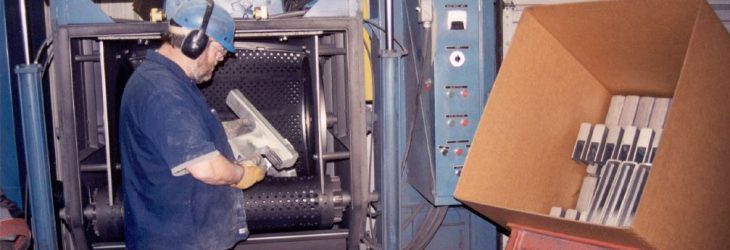
Finishing
Before final inspection, parting lines are removed, and castings are shot blasted to blend the overall finish. Castings are inspected before packaging to ensure that we meet our customer requirements.
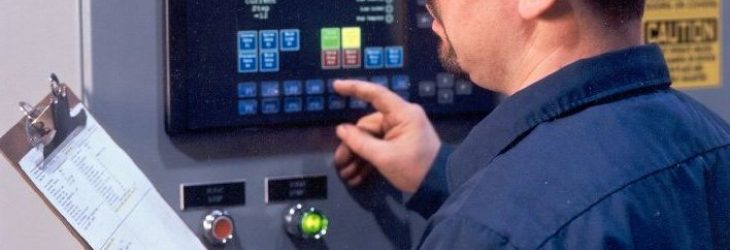
Ensure Repeatability & Certifications
For repeatability, we use process sheets throughout the casting process. Each part has a mold file with all pouring parameters to ensure quality castings. We use spectrograph analysis to continue melt quality as a process check tool for casting certifications.
Tell Us About your Product
Reach out for free quotes on new or existing products. Bounce ideas off our team—we are happy to help. We promise to provide excellent service whether you are new in the game or a seasoned manufacturer.
